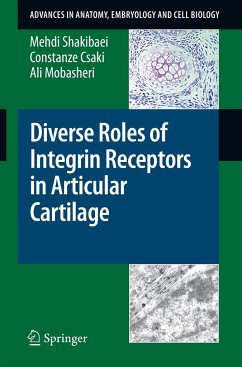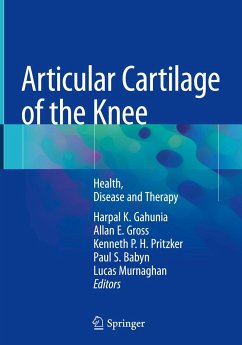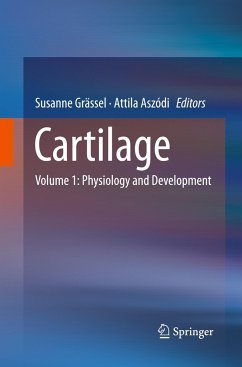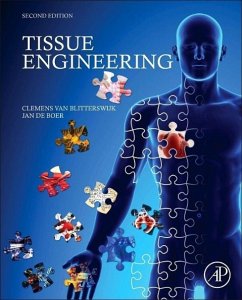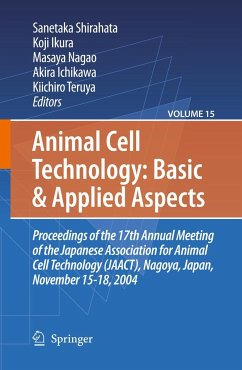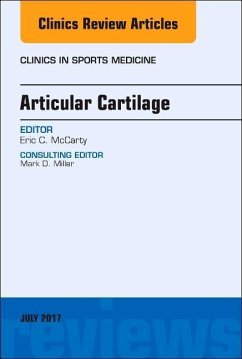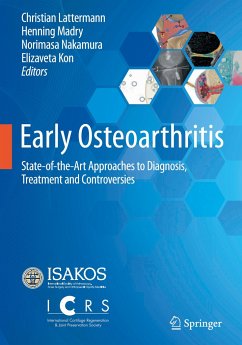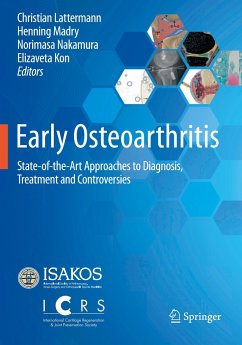
Facilitative Glucose Transporters in Articular Chondrocytes
Expression, Distribution and Functional Regulation of GLUT Isoforms by Hypoxia, Hypoxia Mimetics, Growth Factors and Pro-Inflammatory Cytokines

PAYBACK Punkte
38 °P sammeln!
1 Introduction The provision of nutrients and oxygen to synovial joints is essential for the ph ysiological and load-bearing functions of articular cartilage and the hom- static control of metabolism within chondrocytes, its resident cells (Mobasheri et al. 2002c; Mobasheri et al. 2006). The transport of nutrients (i. e. , glucose, other h- ose and pentose sugars, amino acids, nucleotides, nucleosides and water soluble vitamins such as vitamin C) into articular chondrocytes is essential for the synt- sis of collagens, proteoglycans, and glycosaminoglycans by chondrocytes (Clark et al. 2002; Go...
1 Introduction The provision of nutrients and oxygen to synovial joints is essential for the ph ysiological and load-bearing functions of articular cartilage and the hom- static control of metabolism within chondrocytes, its resident cells (Mobasheri et al. 2002c; Mobasheri et al. 2006). The transport of nutrients (i. e. , glucose, other h- ose and pentose sugars, amino acids, nucleotides, nucleosides and water soluble vitamins such as vitamin C) into articular chondrocytes is essential for the synt- sis of collagens, proteoglycans, and glycosaminoglycans by chondrocytes (Clark et al. 2002; Goggs et al. 2005; McNulty et al. 2005; Mobasheri et al. 2002a). There are numerous biological mechanisms by which nutritional factors might be expected to exert favorable influences on cartilage function and pathophysiological events in disease processes including osteoarthritis (McAlindon 2006). A decade ago, very l- tle was known about nutrient transport in chondrocytes, particularly the transport of glucose, related sugars, and water-soluble vitamins, which are essential for the synthesis of glycosaminoglycans by chondrocytes. Glucose is a crucial nutrient for cartilage function in vivo as it is for many other tissues and organs. However, it has always been assumed that glucose is important for the in vitro cultivation of chond- cytes, ex vivo maintenance of cartilage explants, and cartilage tissue engineering procedures.





